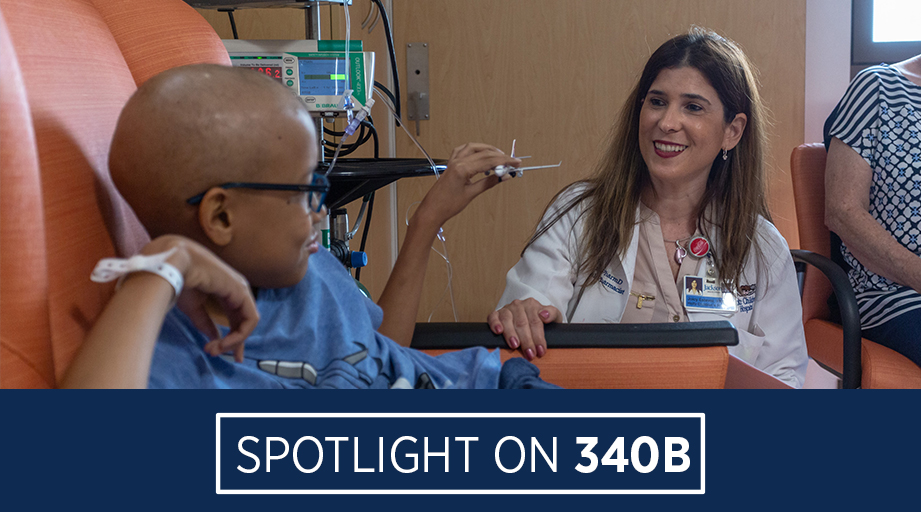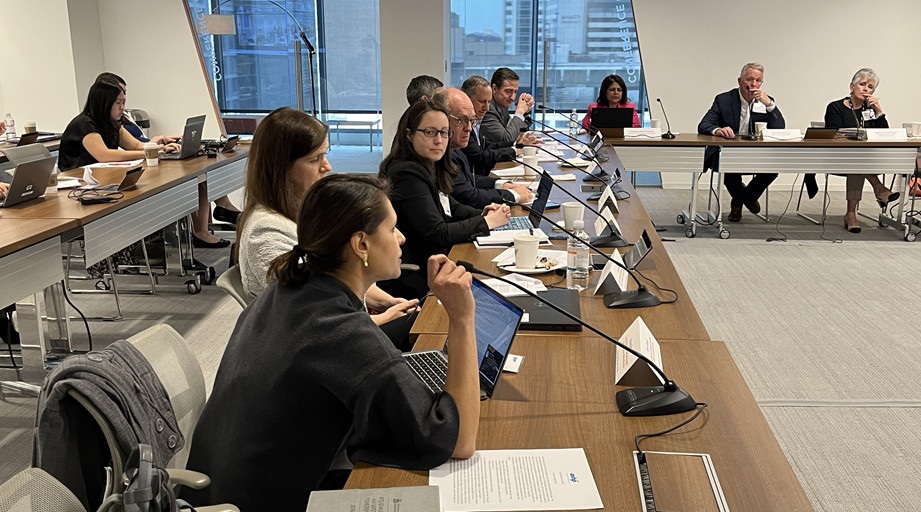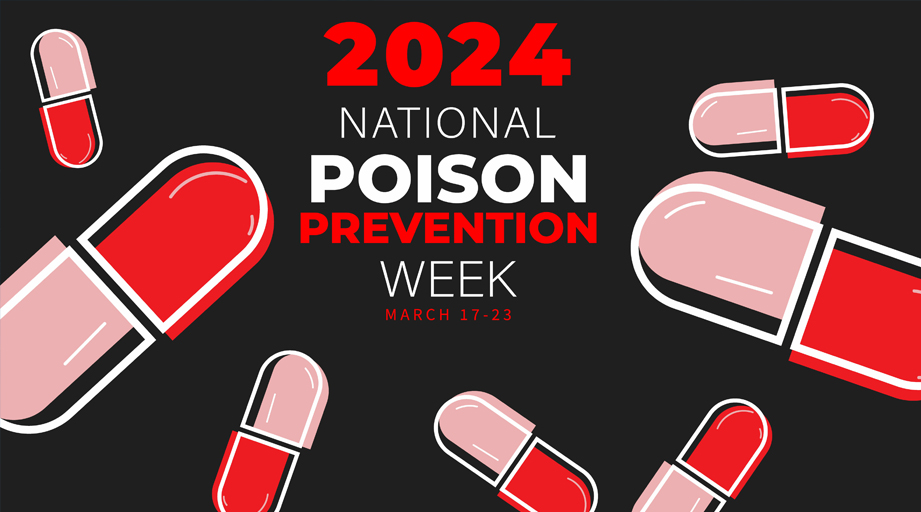
The emerging science of precision medication dosing can help patients who might otherwise forgo drug therapy, says Michael Neely, Professor of Pediatrics and Clinical Scholar at the University of Southern California (USC) Keck School of Medicine in Los Angeles.
During an August 12 public workshop on precision dosing at FDA’s Silver Spring, Maryland, headquarters, Neely described a patient at his multidisciplinary clinic: a 45-year-old woman with HIV infection and a history of medication intolerance who was newly prescribed fosamprenavir and blamed the drug for causing fatigue.
He said the patient wanted to either discontinue the medication or take all four 700-mg tablets at bedtime — instead of taking two tablets twice daily — to avoid daytime fatigue. So the healthcare team measured the amount of medication in the patient’s bloodstream under the prescribed regimen and used modeling software to calculate trough levels.
The model determined that the patient would need to take 70 tablets at bedtime to maintain an adequate bloodstream concentration of the antiretroviral drug throughout the day.
Neely said the result made it clear to the patient that a once-daily fosamprenavir regimen was a bad idea.
“But I didn’t give up on her,” he added.
Instead, he used the model to develop a personalized dosing schedule, with fosamprenavir taken at 10- and 14-hour intervals, that maintains sufficient trough drug concentrations to suppress viral replication.
He said the patient is happy with the tailored regimen. And, he said, “her viral load is undetectable.”
Neely referred to the process of crafting the patient-specific dosage as clinical pharmacometrics.
Daniel Gonzalez, Assistant Professor of Pharmacotherapy and Experimental Therapeutics at the University of North Carolina (UNC) Eshelman School of Pharmacy in Chapel Hill, said clinical pharmacometrics has the potential to provide better outcomes at the population level.
He noted that dosage regimens are based on data from clinical trials that typically exclude “a large fraction of the real-world patient population,” such as pregnant and lactating women, patients at the extremes of age or body size, and people with organ dysfunction.
Gonzalez and colleagues have conducted pharmacometric modeling studies to simulate optimized dosage regimens that could fill some of these patient care gaps.
One example is a creatinine-clearance (CrCL)-based regimen for rivaroxaban in patients with atrial fibrillation. The drug’s labeling recommends two dosages to reduce the risk of stroke in this population — 15 mg once daily for patients whose CrCL rate is ≤50 mL per minute and 20 mg once daily for patients whose CrCL rate exceeds 50 mL per minute.
The UNC team’s model evaluated five CrCL ranges, from <15 mL per minute to ≥160 mL per minute, and used pharmacokinetic (PK) data to recommend dosages of 10 or 15 mg taken once or twice daily that were calculated to produce acceptable drug exposure levels. Under this model, rivaroxaban is not recommended in patients whose CrCL rate is <15 mL per minute.
Gonzalez cautioned that there are “numerous scientific challenges that need to be overcome” with respect to developing and selecting pharmacometric models. But he predicted that technologies such as artificial intelligence and machine learning will play important roles in overcoming those challenges.
USC’s Neely said existing technology already has the potential to the produce custom medication formulations that are needed to create precise dosage regimens.
“We have 3D printing now. We can 3D-print any formulation that we want,” at least in theory, he said. He suggested that wearable devices could be configured to rapidly measure and record bloodstream drug concentrations and guide dosage recommendations.
Neely said the lack of reimbursement from payers hinders the adoption of clinical pharmacometrics. He said that although physicians and pharmacists can bill for therapeutic drug monitoring services, the monitoring generally needs to occur during a face-to-face patient encounter. A better solution, he said, would be for payers to reimburse clinicians for remote therapeutic monitoring services.
He also proposed that FDA create an advisory group to help the agency address regulatory issues related to precision dosing.
Issam Zineh, Director of FDA’s Office of Clinical Pharmacology, said the agency recognizes the need and demand for precision dosing. He acknowledged that medication therapy in the clinic setting is often a matter of trial and error.
“A patient presenting with a given condition could be given any of a number of treatment options,” he said. “We like to think that that would be patient centric, but it often isn’t. It’s driven by clinician comfort, what’s on the formulary, what’s reimbursed — things that aren’t necessarily patient specific.”
Zineh said “science, policy, implementation, and opportunities may be converging” to advance the discussion of precision dosing. He said key questions for FDA include “what drugs are amenable to precision dosing and how big of a problem is imprecise dosing.”
FDA evaluated 181 drugs approved during 2013–17 and determined that about half may be suitable for precision dosing. Zineh said FDA also found that the labeling for 61 percent of the candidate drugs lacked titration information that clinicians could use to develop precise dosages.
Robert Temple, Deputy Center Director for Clinical Science at FDA’s Center for Drug Evaluation and Research, said it’s now routine for new drug applications to include analyses of drug metabolism and drug–drug interactions and for applicants to perform PK studies on the basis of age, gender, and liver and kidney function.
Temple said some pharmacokinetic and pharmacodynamic (PD) data haven’t been verified in clinical studies and therefore don’t appear in product labeling. He said the idea of releasing unverified data makes regulators “nervous.”
Nevertheless, he said, “We have to think about possibly using these PK/PD data for labeling.”
Neely said he understands the basis for FDA’s nervousness but agreed that it’s time for the agency to consider releasing the data so that clinicians can make better dosage decisions.
“As a physician, I’m allowed to prescribe doses that have not been studied,” he noted.
[This news story appears in the December 15, 2019, issue of AJHP.]







